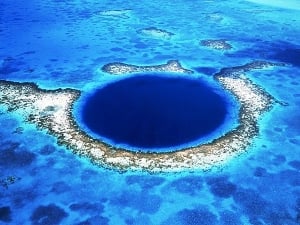- Joined
- Jul 2, 2014
- Messages
- 234
lknvrb4|1419506826|3807578 said:I noticed with my cushion brilliant that the pastels usually show up in the NSWE position only, weird.
Those Facets:
1) Gather light from high angles, they can be partially obstructed by your head (clipped by your head) and thus the white light fan can been seen as colored even without small point light sources.
2) Are the largest virtual facets and thus the color would be the most noticeable to you in those.




300x240.png)